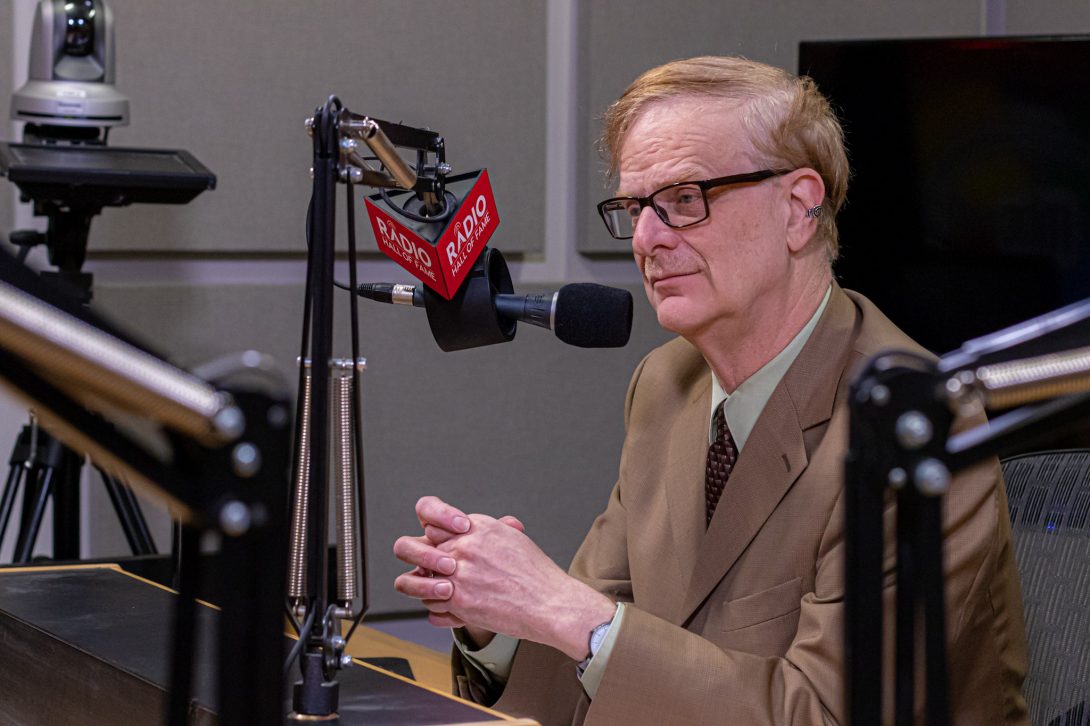Walter J. Podrazik
Walter J. Podrazik Heading link

Last spring, like the rest of us, I wondered: How do I translate in-person class interactions into a virtual world? Synchronous or asynchronous, all that connects us to the students is a screen camera and the internet. It was tempting at first to think of the tools as part of making a movie, or a series of movies. Next came the lure of setting up the course plan as a series of extended blog exchanges that would use writing to replace lost opportunities for eye contact and classroom interchanges. Fortunately, throughout my professional career, I’ve been called on to make hundreds of media appearances, especially on radio. After my first few class sessions last spring, I realized I was looking at the wrong media platform. To make these class sessions work, I had to treat them like appearing on the radio.
In the radio studio, I had long ago learned the trick of successful on-air talk. Because you cannot see any of the thousands in the ether, you speak as if you are talking directly to just one person, personified by the microphone in front of you. Once that attitude “clicked” for me, I began to look at the camera on my laptop as my microphone. It was my surrogate for one person and consequently my key to speaking to everybody. It worked. I felt far less stressed. Instead, I thought of these classes as doing a call-in radio show. To that end, I broke the sessions into segments of about twenty minutes each. In doing so I adjusted lecture presentations to fit a specific topic element into each segment: Topic-Pause-Topic-Pause. Comments from the students would come at the pauses, usually in response to specific direct questions or pop up via chat anytime, which most closely reflected the radio world.
I thought of the lecture segments as part of a narrative that recognized the need to “pace toward a commercial break.” By glancing at the time in the corner of my computer screen, I knew it was time to wrap up one point and save the next point for the next segment. In talking with students at the end of my spring sessions, some offered the compliment that I had figured out how to bring the in-classroom experience to the virtual world. I greatly appreciated that.
I refined those lessons from spring into class sessions this fall. I structured the entire semester with this sense of pacing. I also saw online elements that worked well with students, especially access to archived recorded sessions and flexible due dates (no one was turning in a hard copy paper). Though I never mentioned the radio comparison, in effect, I pushed students to take a similar approach of audience appreciation and presentation awareness. I acknowledge that this approach is particularly suited to courses with an inherent narrative timeline (this semester, History of Television). However, it also worked in exploratory discussion courses last spring with Media and Politics and with Future TV. I look forward to a return round this spring with Future TV, as we draw on our collective experiences dealing with a Future that is here now, in our everyday classroom lives.
Walter J. Podrazik
Adjunct Lecturer
Department of Communication (LAS)